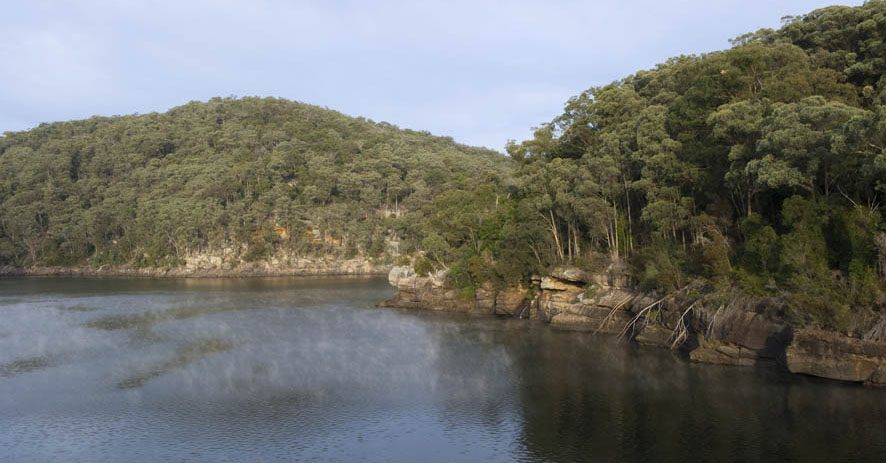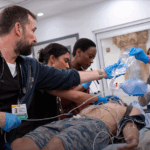Review: People of the River, Grace Karskens, Allen and Unwin
There are two colonial names – Nepean and Hawkesbury – for the same river, called by Aboriginal people Dyarubbin. Perhaps this is symbolic of a disjointed colonial way of looking at things, and of the fact that there are two histories of the region, one flowing into the other, but the more recent one at risk of swamping the first.
Grace Karskens has written a remarkable, intensive book about this region – the extreme west of Sydney, the liminal area where outer suburbs yield to the Blue Mountains and the river acts as a border. Her history is rich with the voices of its protagonists and historical detail, and drills down, literally in the case of investigating the geology and archaeology of the river, covering farming, floods, culture, religion, Indigenous and colonial lives and their connections.
The book concentrates on the colonial era, the time of contact, English settlement, the pushing out of Indigenous people. When early colonists looked for suitable farmland (Sydney Cove was an unproductive, rocky landscape to European eyes) they found some at Parramatta and then on the Nepean, a rich alluvial plain, and gradually farms were taken up (on tribal lands). Aboriginal women had cultivated yams here, the ridiculously fertile soil produced bumper wheat and maize crops that fed Sydney. Periodic floods destroyed all but couldn’t wash away white settlement permanently.
Karskens is not afraid to question accepted histories, including those of historians and archaeologists who neatly separate the Indigenous and colonial eras, and that of Indigenous annihilation. Of course it was an invasion, with often catastrophic results, and this region was one of the first to witness ‘flashpoints’ of frontier violence, but she also shows how Aboriginal people intermingled, traded, adapted, hung on to tradition, survived.
This is not to minimise the fact that there were antagonisms and violence, to do with different concepts of land and ownership, cultural clashes, kidnappings and reprisals, duplicity and greed. But not always. Colonial authorities and locals alike accepted co-ownership, if that is the right word. In hindsight there is a sad inevitability, as there was in the US, in the creep of takeover of land by whites. As in the US, there was an assumption the natives would just have to become civilised.
Against the stereotype of the Sydney colony as merely a harsh penal settlement, Karskens argues it was always envisaged as also a new colony for farmers. And just as she argues against the stereotype of noble but backward Aborigines as passive victims, she argues against the image of fearful and ignorant English pining for green and pleasant England. In reality, many settlers grew to love their new land, adjusted practices and innovated, and appreciated Indigenous attitudes and abilities. The first settlers didn’t chop down all the trees but had small plots and let their animals into the bush, which was seen as common land (as in the older, pre-enclosure British tradition). She says settlers lived not unlike Aboriginal people – foraging, hunting, fishing, cultivating, building homes of bark and timber that could be easily replaced after fire or flood.
The image of small landholders as yokels often comes, Karskens says, from rich landholders who used any excuse to squeeze out the little guy, but who were restricted by authorities who wanted to avoid the American experience of a frontier of lawless land-grabbing.
Karskens, like Meredith Lake in her book The Bible in Australia, notes that convict settlers were far from irreligious, attested to by the frequency of old churches in the region (including the oldest in Australia). Settlers were church-goers, if fairly casual, Bible stories guided the way they saw the land, and Christian rituals ordered their lives. Her assessment of Christianity as a destroyer of Indigenous culture may be a simplification, but it is true that much of this overlaid the spirituality and sacred places of Indigenous people, the records of which, in rock art and other sites, are scattered richly throughout the Dyarubbin region, attesting to the depth of pre-colonial Australia.
Nick Mattiske blogs on books at coburgreviewofbooks.wordpress.com













